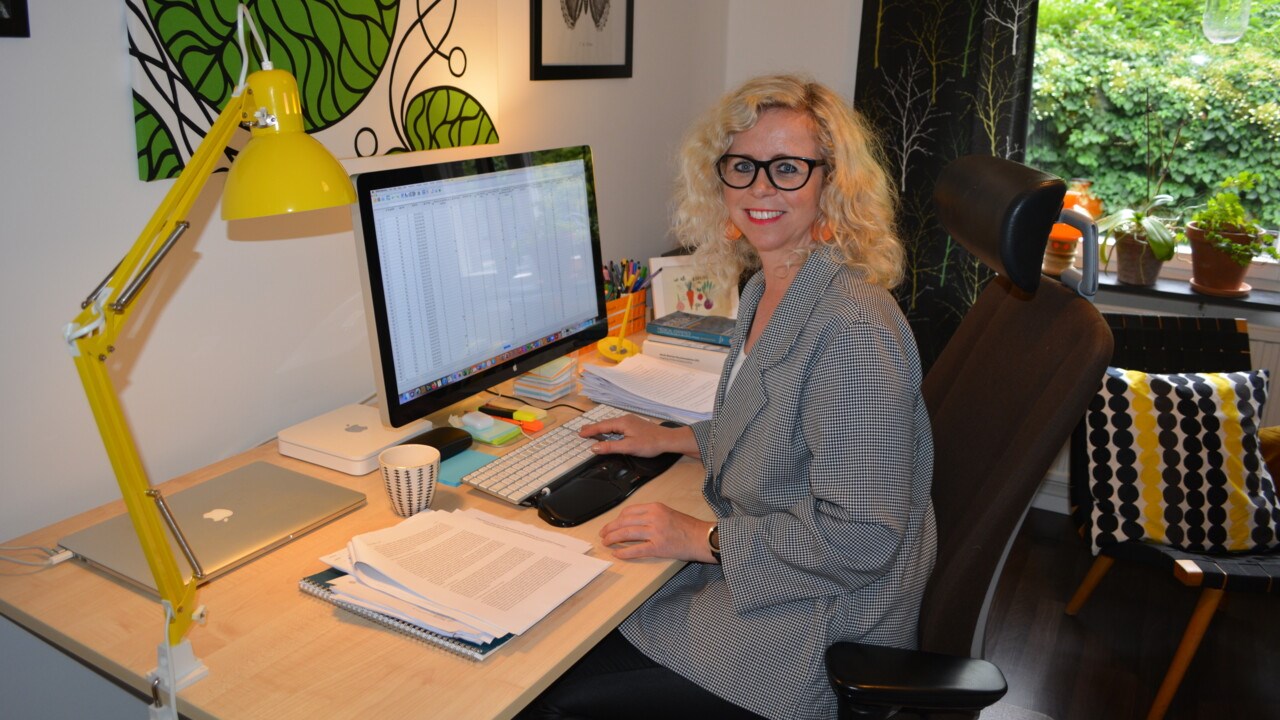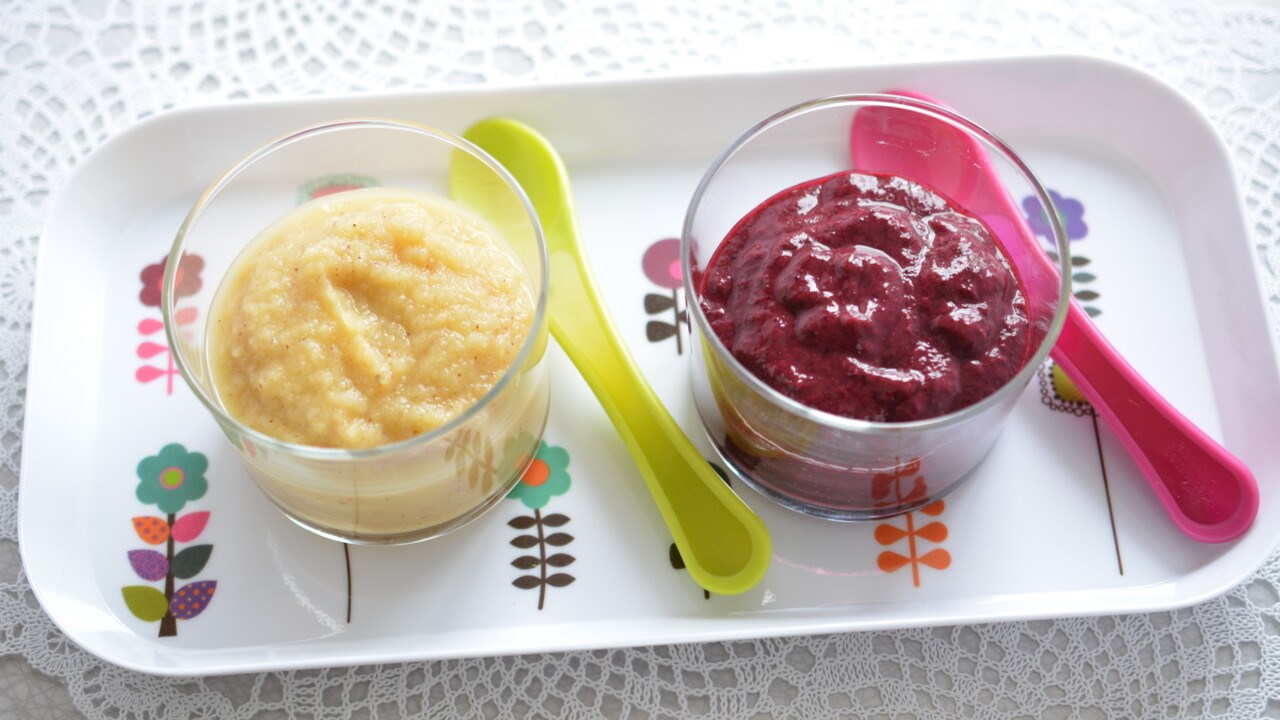Some quick facts:
Name: Ulrica Johansson
Me, in three words: Creative, curious, positive
Family: Partner, two bonus kids and a Jack Russell terrier called Ivve
Lives in: Skövde
Favourite food: Modern Swedish home cooking, preferably vegetarian
Best snack: A sandwich and fruit paired with a cup of tea/coffee
Doesn’t eat: Organ meats are not a favourite of mine
When I’m being unhealthy useless, it’s going to be: Pain au chocolat for breakfast
Favourite restaurants in Stockholm: Rutabaga and Paul Taylor Lanthandel
Currently reading: The Hidden Life of Trees: what they feel, how they communicate, by Peter Wohlleben and Paul Svensson’s book Vegetables A-Z.
Favourite TV programmes: Mästarnas mästare and Vinterstudion [Master of Champions and Winter Studio]
Like to do on an autumnal Sunday: Cycle with my MTB or hike on Billingen, preferably with a thermos and good coffee with me in my hiking daypack
The Industrial Doctoral School in three words: Personal growth, interdisciplinary, familiarly






